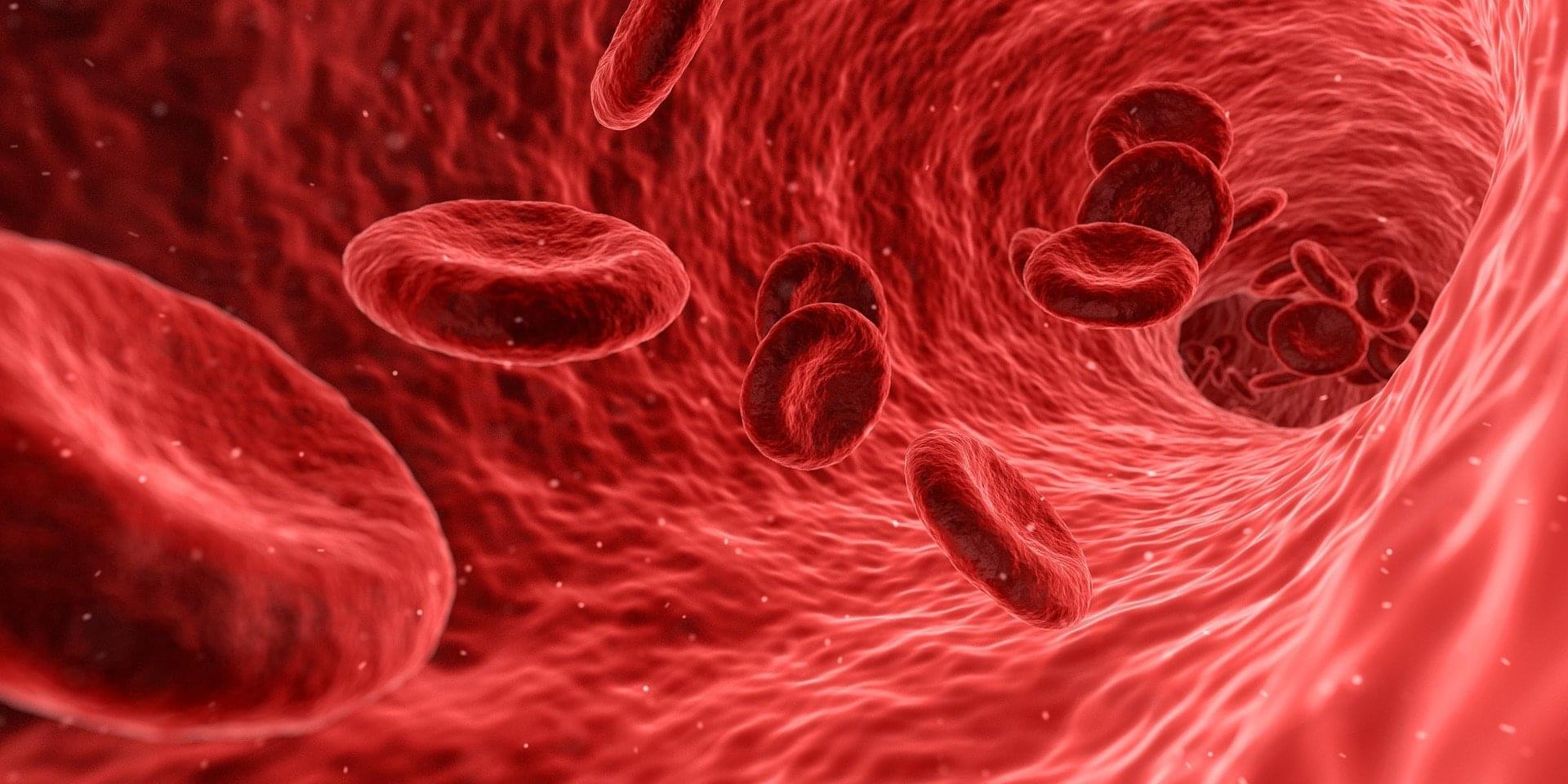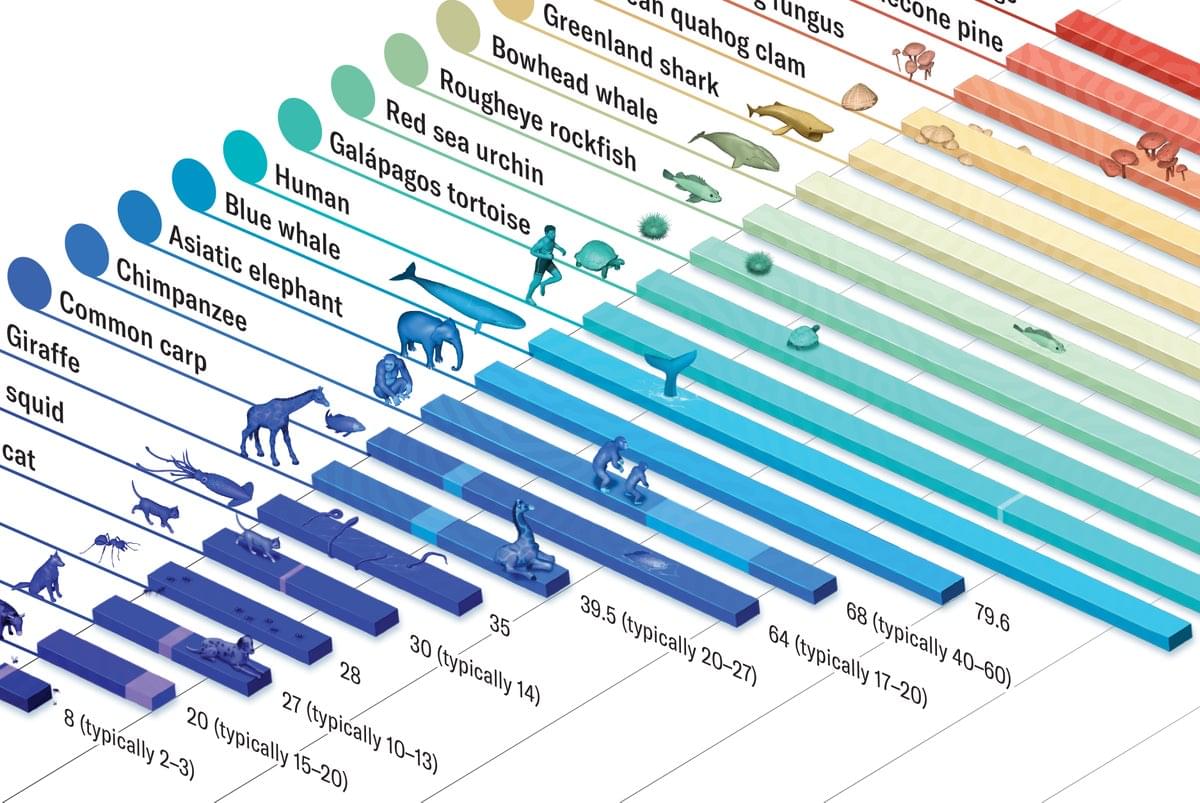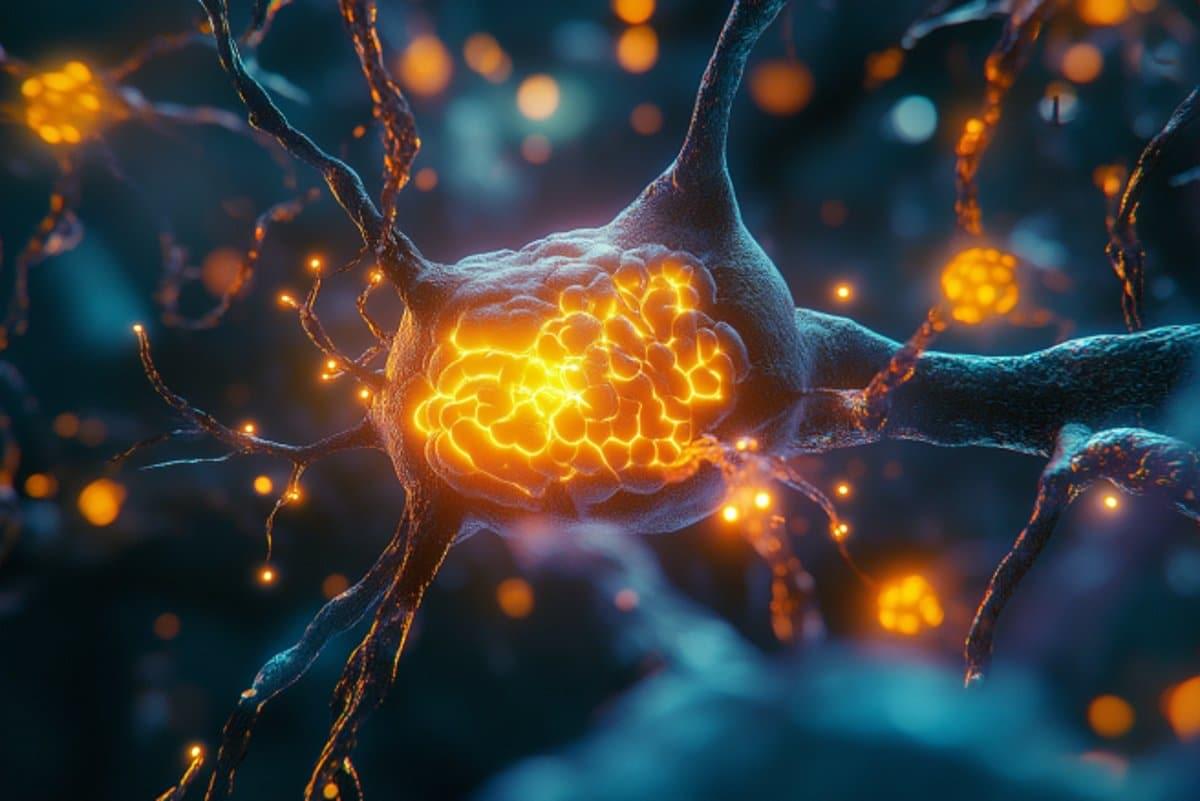Researchers at Purdue University have developed an “ultra-white” paint that reflects 98 per cent of sunlight and deflects infrared heat, allowing buildings to cool below the surrounding air temperature.
The paint, which the university describes as the “whitest paint on record”, owes its cooling power to barium sulphate – a pigment derived from the mineral barite – and reflects up to 98.1% of sunlight.
Unlike the titanium dioxide used in traditional white paints, which absorbs UV light, the barium sulphate is also capable of deflecting infrared heat away from the surface to which it is applied.






